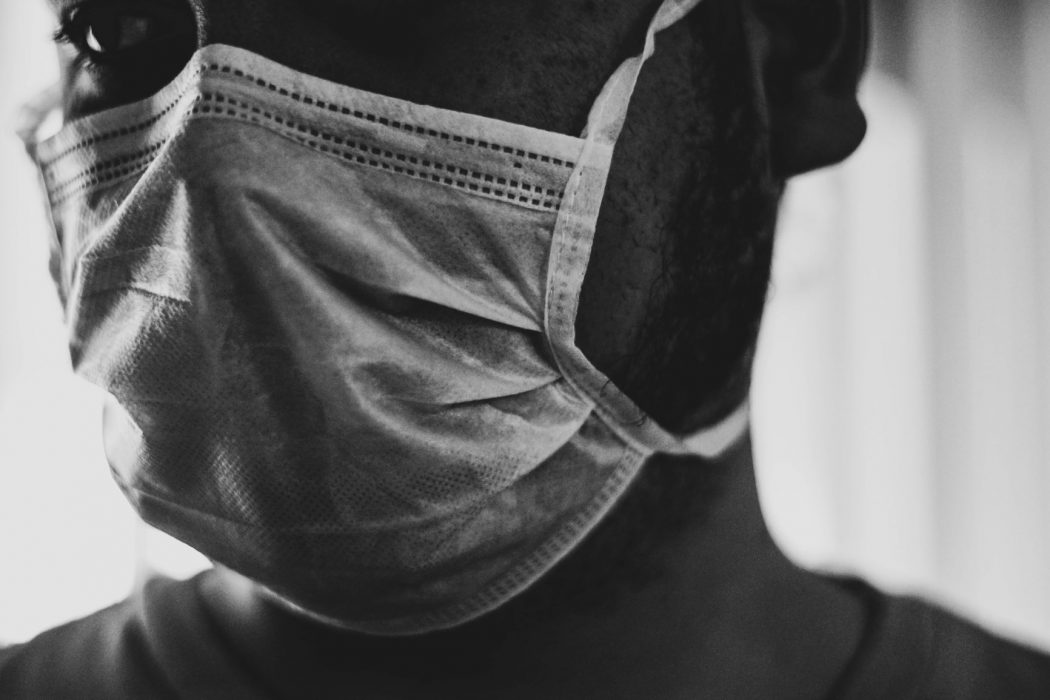Opinion: How long will USU last?
Following the announcements of multiple universities across the country moving their classes completely online due to on-campus COVID-19 outbreaks, I am left to wonder how long we have until we’re forced to do the same.
A week after opening up for Fall 2020, UNC Chapel Hill announced a move to fully-online learning. This comes despite their efforts to provide alternatives to in-person classes, despite having classrooms filled at less than 30 percent capacity. Their test positivity rate rose drastically, forcing large groups to be quarantined, ultimately resulting in the closure of in-person instruction.
Chapel Hill isn’t the only campus to backslide into virtual learning. As the fall semester begins, many other schools have moved to a mobile approach. While the cost of moving these courses online is no small obstacle for institutions, the price students may pay due to a failure of our schools to anticipate the need for this transition seems overshadowed or altogether disregarded.
Bringing students to campus for a semester we may have to pivot toward the couch only increases the financial costs and the health risks for students and faculty. Cares Act grants for necessary technology were generously allocated to students in need. But lease agreements and travel costs remain a concern for many.
If our case count and positive test rate were to rise in the next week, students who have already signed a year-long, off-campus lease would still be bound to Logan. Those who are traveling from out of state or town might have the opportunity to head home, but what contagion might they be carrying with them?
On the off-chance that we do manage to make it to Thanksgiving break working with the current course delivery model, those of us carrying COVID-19, asymptomatically, could potentially put our loved ones at risk when traveling home for the break. Ultimately, this semester poses several unnecessary risks I can’t shake from my mind. The last thing I want to hear about are our students, our faculty, staff and their families suffering a preventable illness.
While USU administration has been consistent in communicating their ideas for our return to campus, the fact remains that a surge in positive cases on campus is inevitable. We are a large college campus. Our dormitories are open, our campus facilities are open, and our classes are still partly face-to-face.
Students will be reckless. I do not doubt that some parties may take place, some people may host a small gathering or two. Some campus facilities are hosting all-staff training events or retreats.
So how can we reasonably prevent the spread of the virus by holding 40-60 people together in a room for multiple hours? Especially when some of these students and employees come from out of town or out of state?
I desperately hope to be proven wrong in my assumption that we have already increased the risk of infection on campus.
With safety measures in place, only time will tell if they are enough to keep the coronavirus at bay.

Taelor grew up in Raleigh, North Carolina. She is an avid reader, drinks coffee religiously, and makes music sometimes.
— taelorjc@gmail.com

